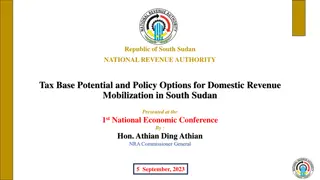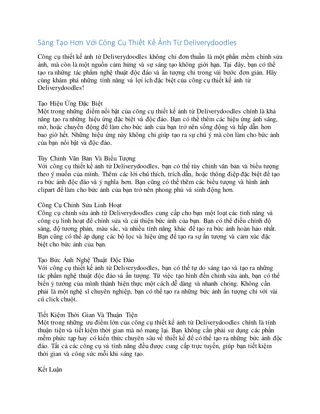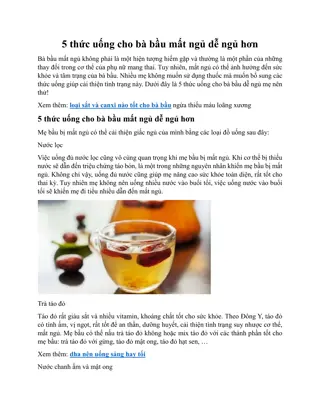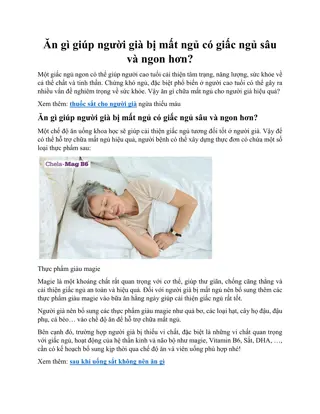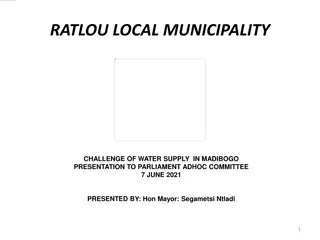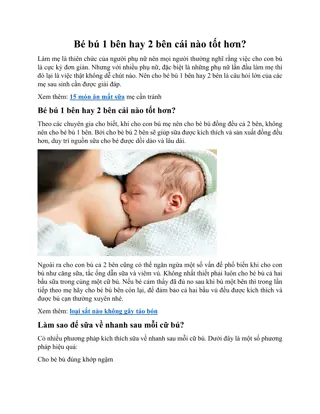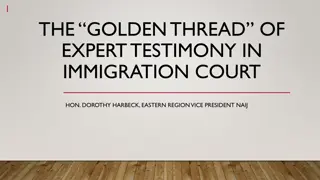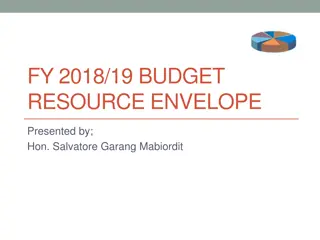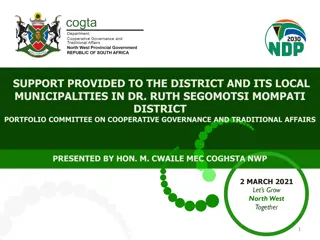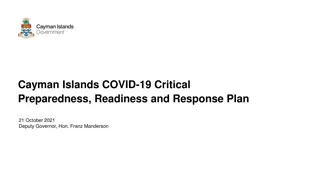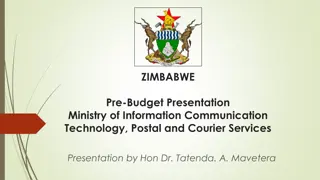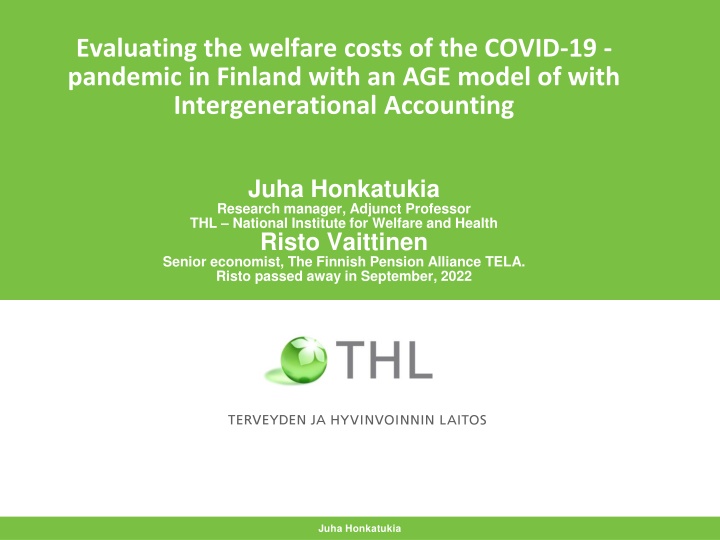
Welfare Costs of COVID-19 Pandemic in Finland: An Intergenerational Accounting Approach
Explore the evaluation of welfare costs in Finland due to the COVID-19 pandemic using an AGE model of Intergenerational Accounting. The impact on inter-generational income distribution, increasing public health expenditure drivers like high unit costs for older individuals and population ageing are discussed. Discover insights into total public health expenditures in Finland based on NIHW HILMO register data.
Uploaded on | 0 Views
Download Presentation

Please find below an Image/Link to download the presentation.
The content on the website is provided AS IS for your information and personal use only. It may not be sold, licensed, or shared on other websites without obtaining consent from the author. If you encounter any issues during the download, it is possible that the publisher has removed the file from their server.
You are allowed to download the files provided on this website for personal or commercial use, subject to the condition that they are used lawfully. All files are the property of their respective owners.
The content on the website is provided AS IS for your information and personal use only. It may not be sold, licensed, or shared on other websites without obtaining consent from the author.
E N D
Presentation Transcript
Evaluating the welfare costs of the COVID-19 - pandemic in Finland with an AGE model of with Intergenerational Accounting Juha Honkatukia Research manager, Adjunct Professor THL National Institute for Welfare and Health Risto Vaittinen Senior economist, The Finnish Pension Alliance TELA. Risto passed away in September, 2022 Juha Honkatukia
Background Finland responded to the pandemic with extensive restrictions on the economy Mortality in 2020 2021 was remarkably low The aggregate effects of these measures on the economy were largely temporary However, government debt as share of GDP rose by 10+ percentage points, leading to debate on cost cuts Here, we focus on the effects on inter-generational income distribution The effects of the pandemic are modelled with an AGE model (the FINAGE model) Juha Honkatukia
Background Finnish health, social care expenditures are almost entirely publicly funded. Income transfers and national pensions also covered from public coffers (but work-related pensions covered from pension funds) Assessing the welfare effects of publicly provided health and social care services and income transfers necessitates the use of register data Data for care sector cost and employment forecast bases on registers kept by National Institute for Health and Welfare Income transfers covered by National Transfer Accounts Juha Honkatukia
What is driving increasing public health expenditure in Finland 1. High unit costs per person for older people 2. The ageing of the population Juha Honkatukia
Old Age Dependency Ratio (65+/15-64) 50 47 43 45 40 34 35 30 Per cent 25 20 15 10 5 0 2017 2030 2040 Juha Honkatukia
Total public health expenditures in Finland (based on NIHW HILMO register data) = = TCOST(r,t) UC(c,r,a,s,t)*N(r,a,s,t)*V(c,r,a,s,t) c,a,s where UC = unit cost of treatment in 2015 prices N = population V = number of treatments per unit of population c= class of treatment (social, basic, specialist) r = region: 19 counties a = age: 0, 1, 2, , 93, 94+ s = gender t = year: 2015, 2016, , 2040 Juha Honkatukia
Unit Costs of Health Care by Age 18000 16000 Females 14000 Euro per person 12000 Males 10000 8000 6000 4000 2000 0 A0 A3 A6 A9 A12 A15 A18 A21 A24 A27 A30 A33 A36 A39 A42 A45 A48 A51 A54 A57 A60 A63 A66 A69 A72 A75 A78 A81 A84 A87 A90 Age A93 Juha Honkatukia
Ageing of the Finnish population 35 30 Share of population over 70 in 2040 25 20 15 Share of population over 70 in 2015 10 5 0 1 Uusimaa 2 VarsinSuomi 3 Satakunta 4 KantaHame 5 Pirkanmaa 6 PaijatHame 7 Kymenlaakso 8 SouthKarelia 9 EtelaSavo 10 PohjoisSavo 11 NorthKarelia 12 CentFinland 13 SthOstroboth 14 Ostrobothnia 15 CentOstrobot 16 NthOstrobot 17 Kainuu 18 Lapland 19 Aland All Finland Juha Honkatukia
Decomposition of Growth in Health Expenditure Between 2015 and 2040 40 33,5 35 30 25,0 25 Per cent 20 15 6,8 10 5 0 Population Expenditure per person Total expenditure Juha Honkatukia
National Transfers Accounts (NTA): Finland 2017 Consumption and Wages by Age NTA methodology NTA goes beyond national accounts in two important new ways. breaks down national accounts by age. estimates transfers within families and households, between households, and through the public sector. Based on existing surveys on private consumption, wages and administrative data on public consumption National Transfer Accounts Manual: Measuring and Analysing the Generational Economy, UN Population Division, 2013 Juha Honkatukia
GDP-share of welfare services and transfers is projected to increase is it sustainable? Projected GDP shares 40 35 30 25 20 15 10 5 0 2021 2017 2018 2019 2020 2022 2023 2024 2025 2026 2027 2028 2029 2030 2031 2032 2033 2034 2035 2036 2037 2038 2039 2040 Pensions Other benefits Social care Healh care Juha Honkatukia
Integrating expenditure projections for health in a computable general equilibrium model FINAGE/REFINAGE dynamic, AGE model for Finland Aggregation for CPA 12 level of comodities and 11 Industries Public demand and income transfers at existing tiers: Central govt, municipalities, counties Pension and social security funds Population by age, each cohort a neoclassical utility maximizer Current goal: calibration to AWG and NIHW projections Outcomes: links to macroeconomy, fiscal sustainability, intergenerational economic welfare measures -> policy analyses Juha Honkatukia
FINAGE-HEALTH extension 1) Reallocation of free public services from govt final consumption to households 2) households problem: in each region hhold chooses health & non- health consumption to maximize utility subject to budget constraint. X Maximize U ,X A ( ) H PrivH GovH X CES X ,X = H NH H subject to = + + + Y PrivH P X GovH P X P X GovOutlayH Refund and PrivH GovH NH NH where = = PrivH P P GovOutlayH P X , H H GovH = = GovH P P *T Refund GovH P X H GovH GovH Juha Honkatukia
Modelling the pandemic and after Domestic restrictions on the economy accounted for about half the effects on the economy, affecting especially service sectors and trade The other half stemmed from a fall in exports, affecting mainly export industries We modelled the impacts as temporary shocks that did not immediately affect capacity The approach picks up the effect that recovery was rapid (until the war), but govt debt is becoming an issue Private consumption was not much affected because of govt policies - but there were distributional effects due to impact on labour markets If spending cuts after 2023, more distributional effects to be expected how do they accrue (1 billion a year)? Juha Honkatukia
Effects of the pandemic Juha Honkatukia
Effects of the pandemic by gender Juha Honkatukia
Effects of the pandemic on income distribution compared to baseline Effects on household income: pandemic 7 6 5 Deviation from baseline, percentage y-o-y 4 0 - 10 11 - 20 3 21 - 30 31 - 40 2 41 - 50 51 - 60 1 61 - 70 71 - 80 0 81 - 90 -1 91 - 100 100+ -2 -3 -4 2020 2021 2022 2023 2024 2025 2026 2027 2028 2029 2030 2031 2032 2033 2034 2035 2036 2037 2038 2039 2040 2041 2042 2043 2044 2045 2046 2047 2048 2049 2050 Juha Honkatukia
Effects of the pandemic on income distribution compared to baseline Effects on household income: pandemic+cut in health spending 0,1 0 -0,1 Deviation from baseline, percentage y-o-y -0,2 21 - 30 31 - 40 -0,3 41 - 50 51 - 60 -0,4 61 - 70 71 - 80 -0,5 81 - 90 91 - 100 -0,6 100+ -0,7 -0,8 -0,9 2034 2049 2024 2025 2026 2027 2028 2029 2030 2031 2032 2033 2035 2036 2037 2038 2039 2040 2041 2042 2043 2044 2045 2046 2047 2048 2050 Juha Honkatukia
Conclusions The pandemic had many effects that can only be analysed with the help of micro data and also NTA Finland weathered the pandemic quite well economically Effects on households were also rather small, because of govt intervention but at the cost of increasing debt There were diffirences btw effects on men and women, stemming from differences in labour force structure btw sectors At the time of writing (2022), it was already clear that future governments would try to tackle the debt problem We also addressed the distributional effects of spending cuts in health care: the youngest and oldest cohorts lose while working-age cohorts gain on impact Juha Honkatukia

